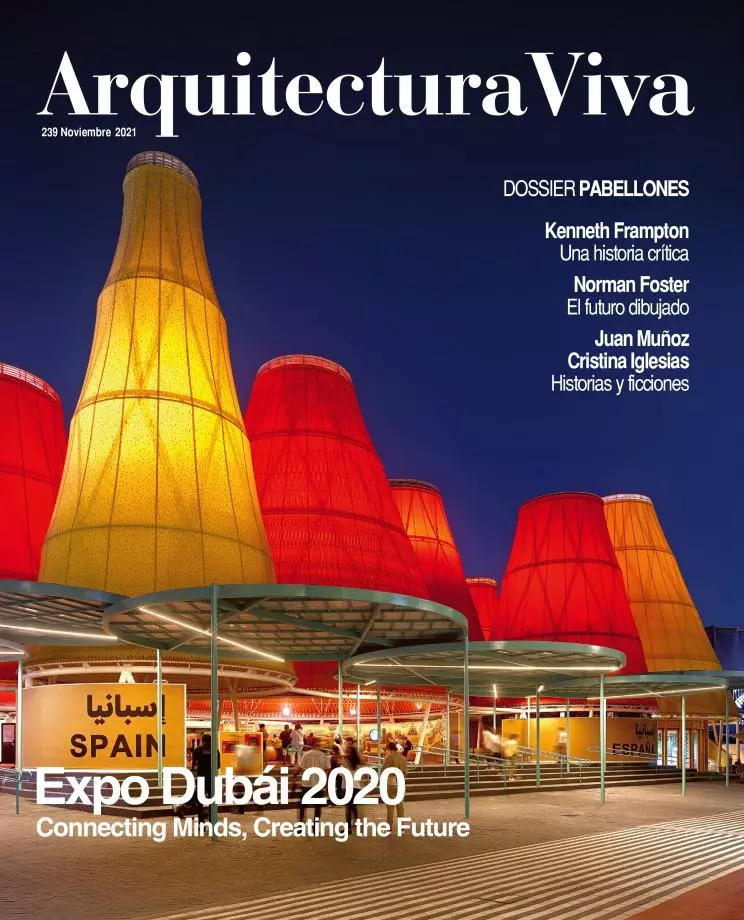
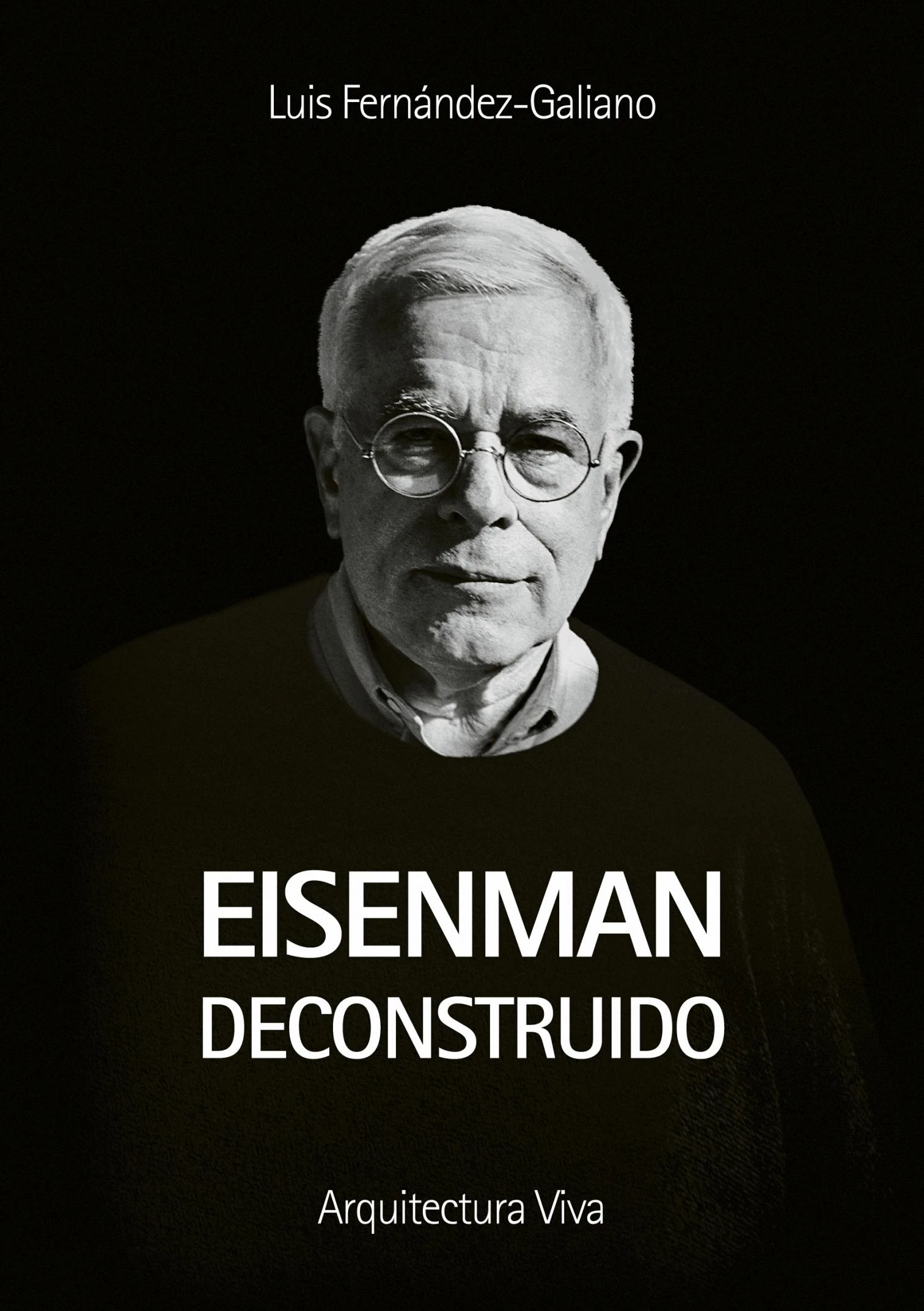

Imagine that Renzo Piano is a cell. The nucleus of his DNA would be an image of the shipyards of the city of Genoa; if the cell were Norman Foster, the helix would be the sequence of a science fiction cartoon strip; and if the cell were the duo Jacques Herzog and Pierre de Meuron, the wall would be wrinkled like a Beuys suit.
It is of such metaphors that biographies are made. At this point of the 21st century, one rarely reads of architecture from the angle of authorships, let alone from that of the collection of data we call biography: education, sensitivities, obsessions, temperament, luck, connections… We more frequently regard the architectural discipline with the attitude of someone engaged in solving a mathematical problem. Each and every project is an unknown variable to be arrived at by means of a more or less systematic procedure of steps. Life is definitely not an equation.

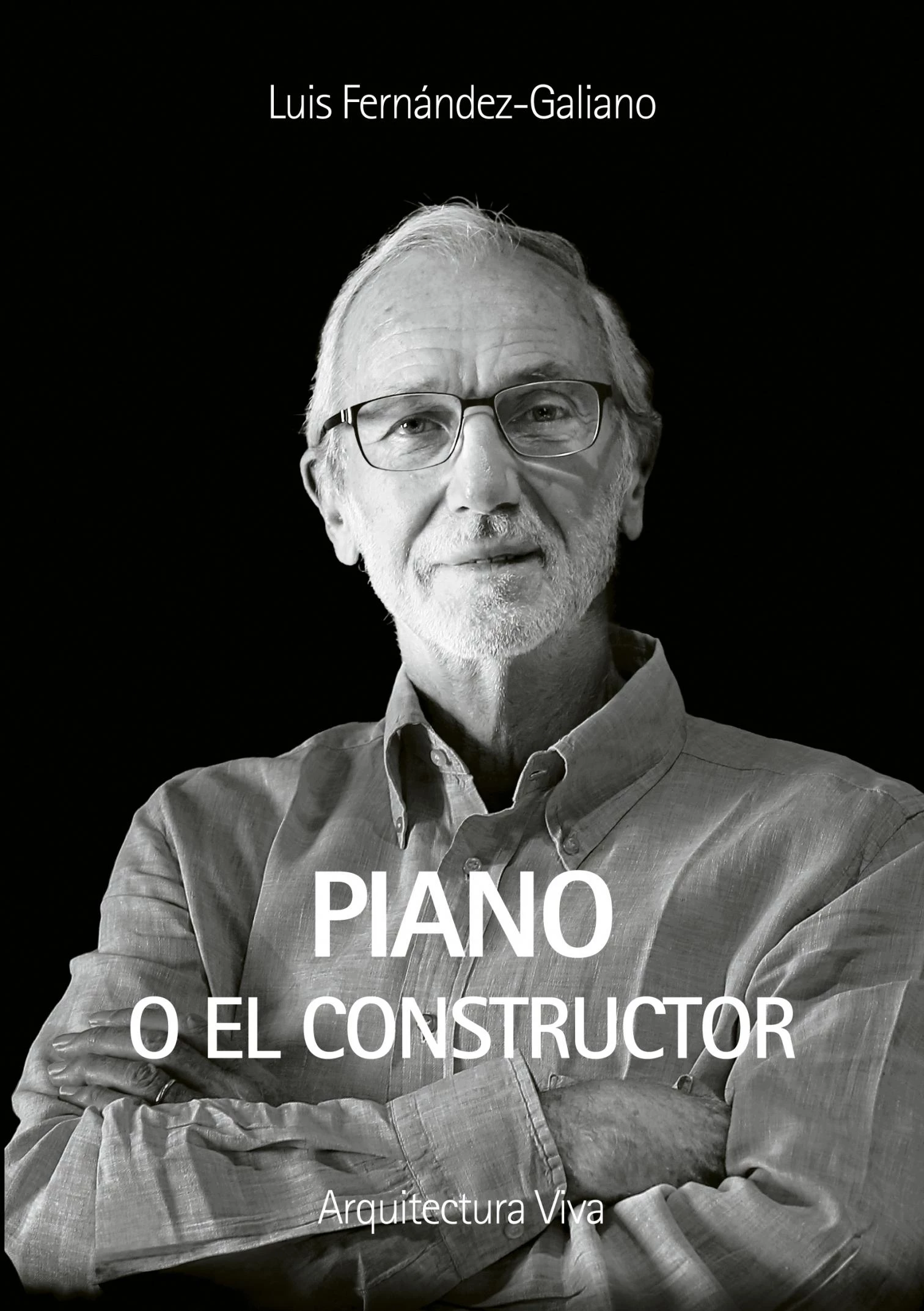
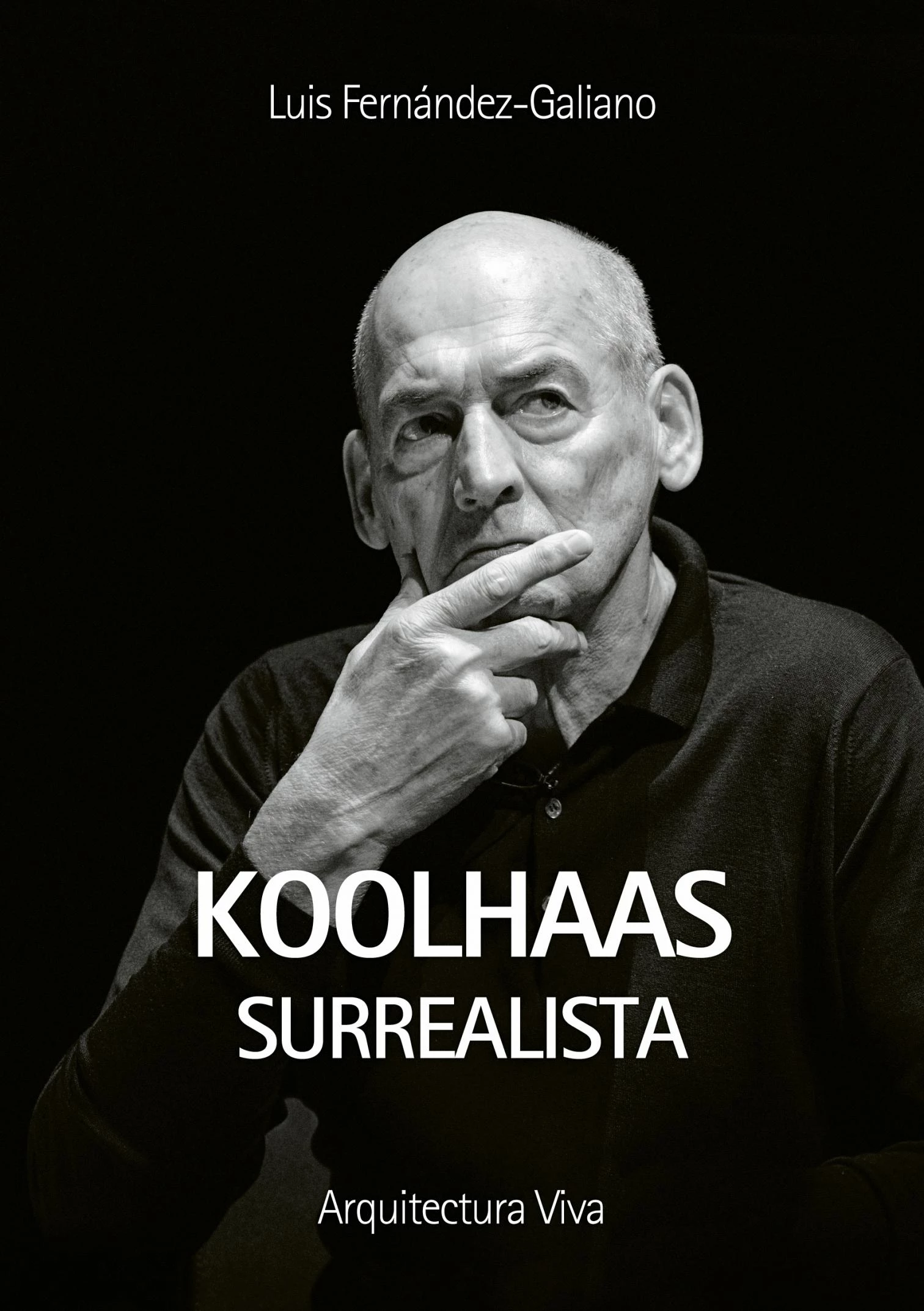
The ‘Retratos’ series (published by Arquitectura Viva) comprises nine small-format paperback books with close to 800 pages devoted to explaining nine architects (actually ten, as one of the volumes focuses on the Swiss partnership Herzog & de Meuron) through texts that the magazine’s director, Luis Fernández-Galiano, has written over the course of thirty-five years of criticism, essay, and journalism. In truth, perhaps only six or seven paragraphs in the entire series can be said to have been penned with the explicit intention of informing on the life of someone, with the idea of producing a biography. Yet Fernández-Galiano’s articles read like quests of the French writer Jean Echenoz, like hidden stories revealed through secret paths.

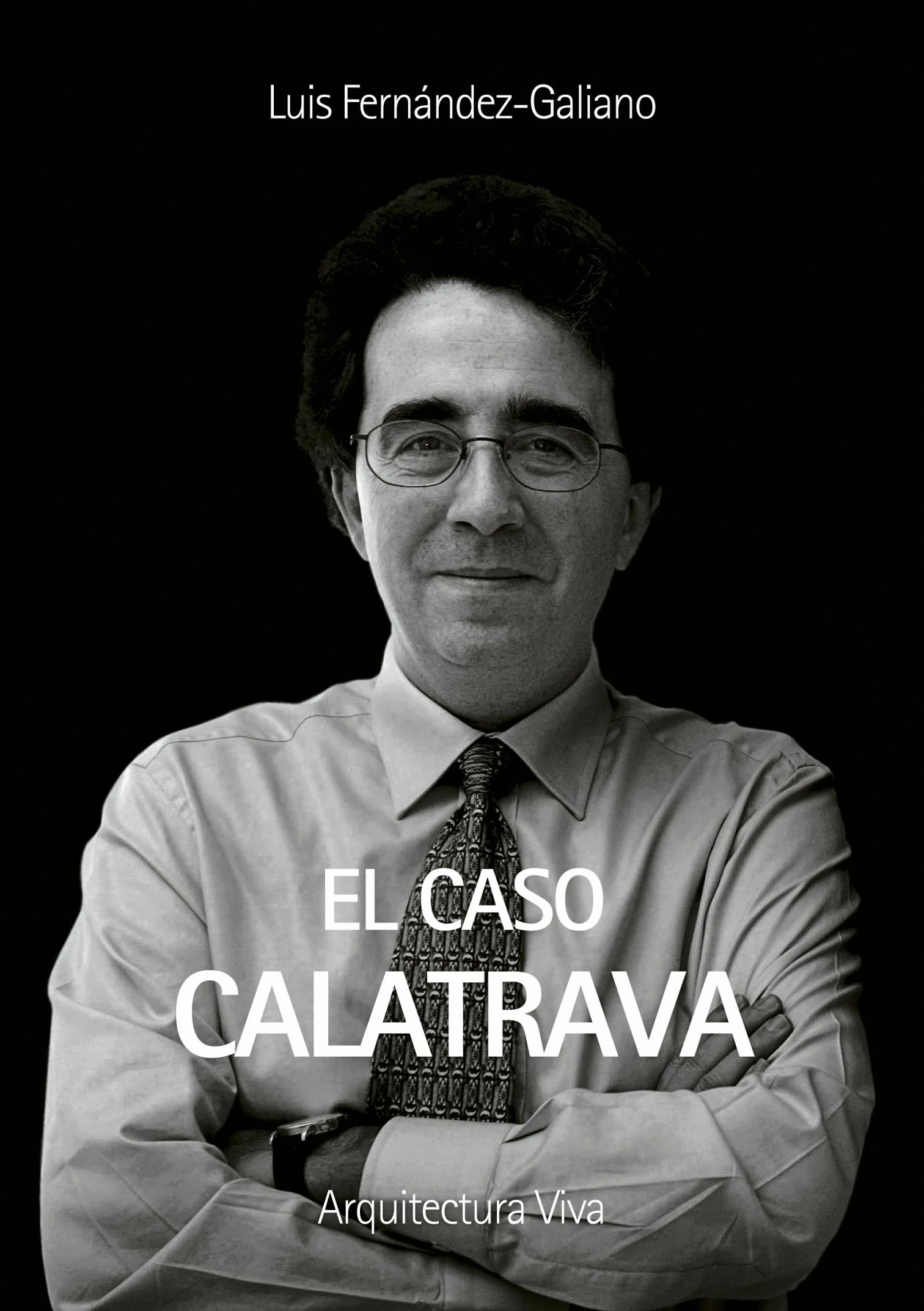
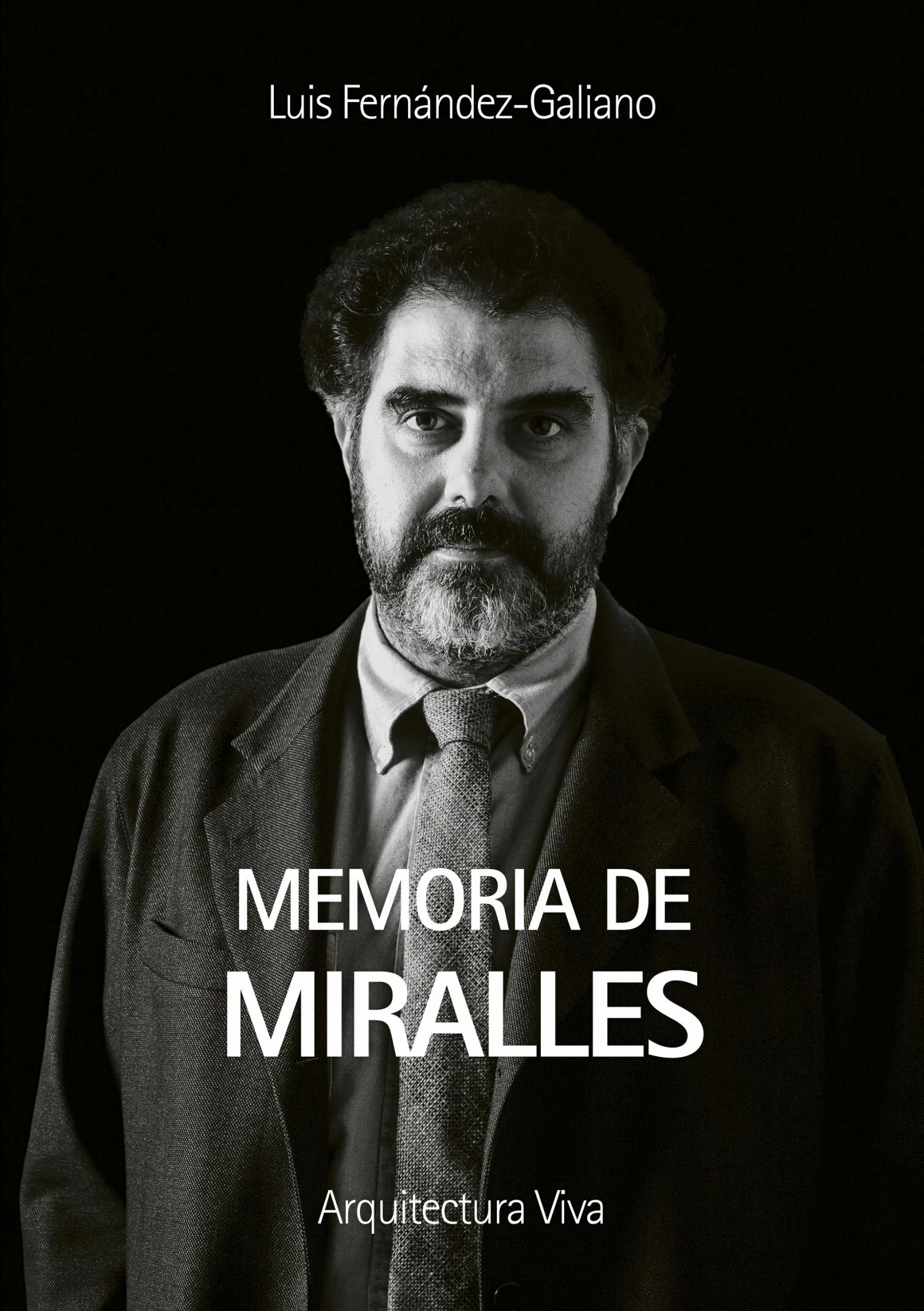
Peter Eisenman, Enric Miralles, Jacques Herzog & Pierre de Meuron, Rem Koolhaas, Frank O. Gehry, Rafael Moneo, Norman Foster, and Renzo Piano are case studies for Fernández-Galiano in this series of books. But the most novelistic of all the tomes is the one on Santiago Calatrava. In thirteen articles published between 1989 and 2020, the author follows the Valencia-born architect and practically makes him a character in a 19th-century Russian novel. From the very first line Calatrava appears willing to tread the very thin line between genius and the ridiculous. As the years go by, he seems ever more set on getting on the wrong side of things, but his retrato or portrait, like Prince Myshkin’s in Fyodor Dostoevsky’s The Idiot, always retains a pinch of sweetness and melancholy.
Another reading of the ‘Retratos’ series goes beyond biographic facts: the nine booklets are also a chronicle of a certain time, a period in the history of architecture during which some practices enjoyed a degree of power never previously seen. The pendulum of history now shows us everything that was wrong about that period. Many of the reproaches are reasonable enough: the arrogance, the nihilism, the pactism… But these nine histories show that there is life in them. There are lives.


